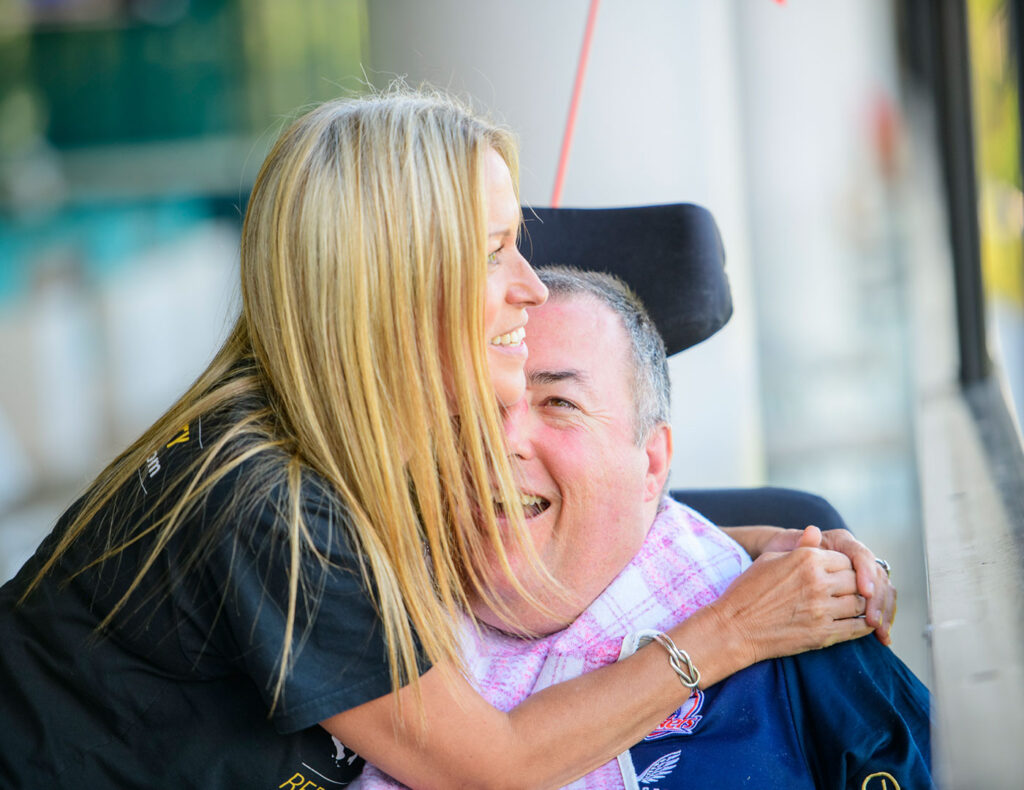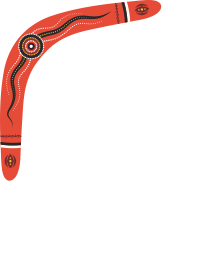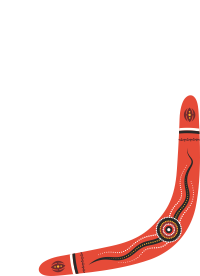Often when clients return home from hospital, there is an expectation that everything will return to ‘normal’ – as it was before the accident, injury or illness. It can be a big shock and very unsettling to everyone in a family and extended support network when faced with the everyday reality of the situation.
Once a care recipient is discharged to home, the permanent nature of receiving care begins to sink in. It’s a scary and confronting time as care recipients and their families come to terms with the changes, often exacerbated by the presence of strangers (care workers) in the home. This feeling of a loss of control is often the first hurdle to overcome on this journey. In addition, the need for home modification, ramos and accessibility aids, can be an additional reminder of the change that has occurred.
When it comes to providing disability care, modifying the home to ensure a client’s safety is going to be something you may need to consider. It’s important to talk to your loved one or care recipient and get their input on any changes that need to happen, as it is where they need to feel safe, secure and at home.
We’re here to help make that conversation and transition a little easier on everyone, and to provide advice, tips and insights into the little things you can do to make a big difference for yourself and your loved one and the place they call home. You can also read our section on the National Disability Insurance Scheme to see how you can access funding for home modifications.
Bathroom
A raised toilet seat is helpful for someone who has challenges sitting and standing. Grab bars at the toilet and bath might be required, as well as ensuring there are no obstacles on the floor to negotiate – clear pathways reduce trips and falls. In the case of someone who is confined to a wheelchair, more substantial modifications – such as transforming a bathroom into a wet room – may be required.
Bedroom
Grab bars are also helpful in the bedroom to help someone with balance issues to get in and out of bed independently. Work with a professional to ensure these are mounted and installed safely and in the right place at the right height. Again, for clients who are confined to a wheelchair or who have very limited movement, a hoist may be required.
Kitchen
Can a person with a disability reach the counters and tables easily? Are drawers easy to reach and open? Is there a clear path around the kitchen with easy and safe access to appliances? Talk with your loved one about any of the difficulties they have in the kitchen and how you can remedy this.
Hallways and doorways
If your loved one uses a wheelchair for mobility, Australia has minimum access requirements for door width for new buildings. However, if your home predates this requirement you may need to widen doorways or rethink layout to enable access.
Steps and accessibility
Just a couple of steps outside your home can make access difficult, or even impossible. Ramps are much easier and safer in all cases, not just for people in wheelchairs.Even portable ramps are an option if a permanent solution is not possible – for example in the event the person is renting their home.
Flooring
Rugs or mats on the floor can be problematic and even dangerous for people with limited mobility or compromised sight. Trips and falls are a major issue for people living with illness, injury or disability, so ensuring floor surfaces are level and non-slip is a must.
Doorknobs
It may not be an obvious issue, but difficulty accessing rooms or cupboards that have hard-to-turn doorknobs can be a real obstacle. Consider replacing some with lever style handles that are easy to grip and pull.
Outdoors
Check the outside of your home to identify any hazards. Look for areas where somebody could trip or fall, either due to uneven surfaces or poor lighting at night. Are there any issues with uneven paths, loose bricks, or unstable ground? Are toys or tools regularly left lying around? Make sure the outside of the home is kept safe as well as the inside.
Medical alerts
Investing in a medical alert system is helpful for a loved one who spends time alone at home – or even being in another room and unable to call out for help. Some systems even have an automatic fall detection that works if a person falls and loses consciousness. Others have a GPS locator in case your loved one is confused and wanders, such as in the case of dementia clients.
Bring the outside in
Nature has powerful healing properties – simply being out in nature has been proven to stimulate the senses, reduce stress and increase happiness levels. So why not do a few simple things to bring the outside in, and ensure your loved one can reap the rewards of nature anytime.
- Garden: Open windows and doors so that your loved one can “access” the garden and outside world. Fresh air and air flow is also a great natural pick-me-up.
- Indoor plants: They provide a huge number of health benefits to the home, including filtering toxins from the air.
- Sounds of nature: There are many free nature soundtracks available on platforms like spotify or youtube. This allows a person who missed being out in nature to relax and listen to their favourite sounds from the great outdoors.
- Pets: being able to pet a dog or cat is a brilliant mood lifter and has proven health and wellbeing benefits. This is especially true for someone who has had pets all of their life. Interacting with an animal can improve the quality of life for your loved one, and is such a wonderful stress reliever.
- Cut flowers: Pick flowers from the garden and position them inside as often as possible as a natural pick me up and to provie an uplifting aroma in the house.
We hope these helpful, simple and creative tips can help you make the house into a home for your loved one receiving care.


